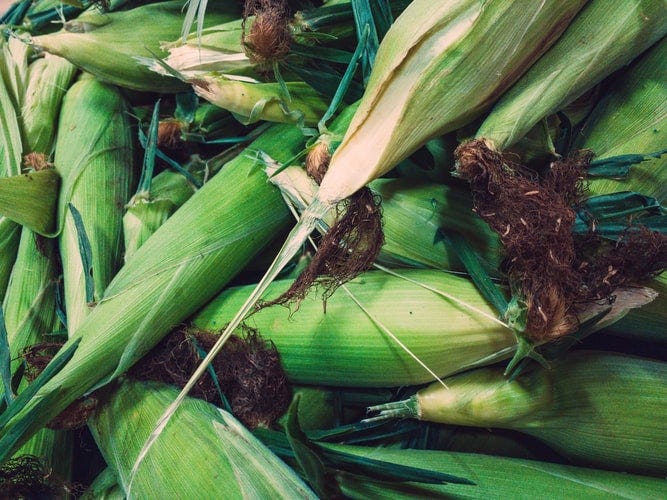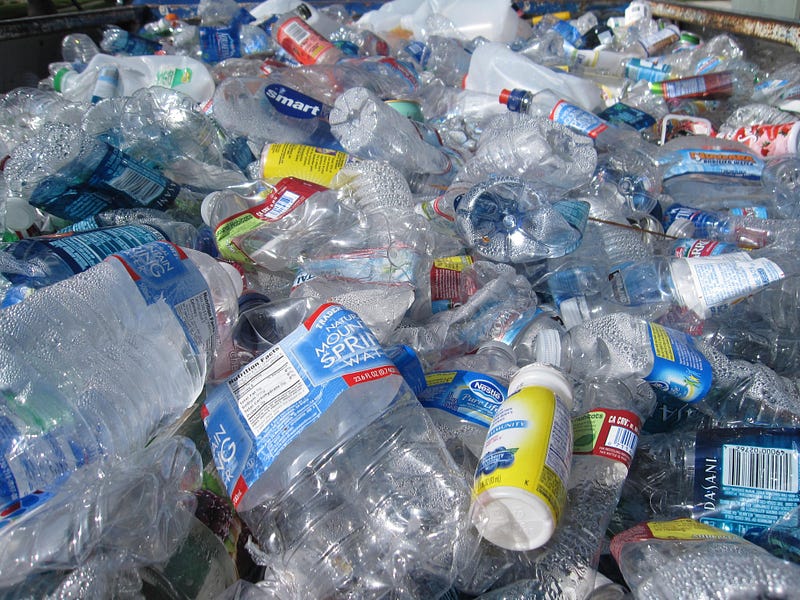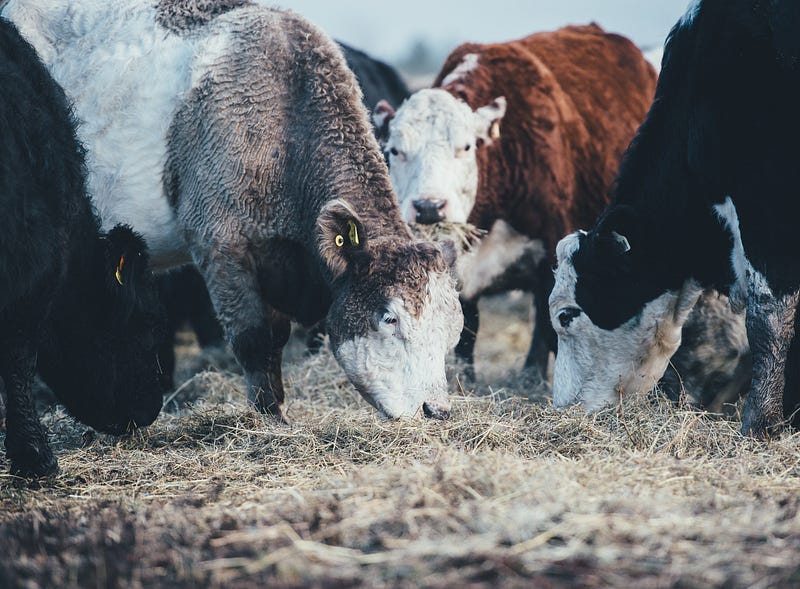Understanding Life Cycle Assessment for Environmental Impact
Written on
Chapter 1: The Basics of Life Cycle Assessment
Life Cycle Assessment (LCA) is a vital tool for comprehending the environmental implications of our purchases and lifestyle choices. Everything we consume, wear, or use has an associated environmental cost. For instance, wood must be harvested from forests, fruits require energy for transportation, and even tap water incurs processing waste. Although these impacts may seem trivial compared to other significant environmental concerns, understanding them is crucial. A thorough analysis is necessary to distinguish between products and processes that are truly beneficial or harmful to the environment.
LCA delves into questions such as the ecological cost of a product, its benefits, and the duration of its impacts. This analysis informs consumer decisions and public policy, yet discussions about climate change often simplify the complexities of environmental impact. Many individuals categorize products as "good" or "bad" for the environment, which neglects the broader context.
For example, Michael Moore's documentary Planet of the Humans claims that solar panels are detrimental to the environment due to the materials needed for their production. While it is accurate that solar panels consume resources and produce greenhouse gases during manufacturing, this is a commonality shared by nearly all products.
When assessing solar energy against other power sources, the disparity in environmental impact becomes clearer. Modern solar panels are estimated to emit about 40–200 grams of carbon dioxide per kilowatt of electricity, compared to coal plants, which produce approximately 750–1750 grams. While solar energy isn't entirely free of carbon emissions, it is significantly more sustainable than traditional electricity generation.
Understanding LCA is vital for engaging in discussions about climate change and environmental preservation. Unfortunately, climate education is often inadequate in the United States, leading to widespread misconceptions about LCA. This article serves as an introductory guide to the subject and encourages thinking like an environmental scientist.

Chapter 2: Analyzing the Life Cycle
LCA examines the entire life span of a product, from raw material extraction and processing to consumer use, disposal, and transport. This comprehensive approach is often referred to as a "cradle to grave" assessment. It is essential to consider all environmental costs, as significant impacts may be hidden in unexpected areas.
A case in point is bioethanol produced from corn. At first glance, it may seem puzzling how ethanol could lower carbon dioxide emissions since both bioethanol and gasoline release CO2 when burned. However, the carbon released during the combustion of bioethanol is offset by the carbon absorbed while the corn was growing, making it theoretically carbon neutral.
Yet, to fully understand bioethanol's environmental impact, we must account for the energy-intensive processing involved in its production. The debate surrounding bioethanol reveals that its benefits over gasoline depend on how one interprets the data, including land use changes.
This leads to an essential LCA lesson: determining the boundaries of your analysis is crucial. Not every LCA can encompass all life cycle stages, so skepticism is warranted when companies make environmental claims that overlook certain steps.

Chapter 3: Evaluating "Green" Products
Today, the market is flooded with "green" products, from dish soaps to biodegradable packaging. As a conscientious consumer, you might wonder about the true sustainability of these items. Many products boast eco-friendly claims on their packaging, but how can you be sure they are genuinely better for the environment?
While there is no foolproof method to assess a product's sustainability, focusing on its processing can be enlightening. Biodegradable materials may seem appealing, but often, the most significant environmental impact arises from the conversion of raw materials into the final product.
Bioplastics serve as a cautionary example. Initially, researchers were excited about developing plastics from renewable biomaterials instead of fossil fuels. However, studies have shown that bioplastics can have a greater greenhouse gas impact than traditional plastics. Over two-thirds of the emissions associated with bioplastic bags come from the processing of raw materials.
This doesn't imply that all "green" products are simply marketing ploys; in certain contexts, bioplastics can be beneficial. Nonetheless, it is vital to scrutinize claims regarding production methods, remembering that reducing consumption and waste may be more impactful than opting for a green alternative.

Chapter 4: The Importance of Land Use Change
While "cradle to grave" assessments are valuable, some scenarios necessitate examining the land used prior to product creation. Land use has significant environmental ramifications, as cropland and pastures are not naturally occurring. Therefore, a comprehensive environmental analysis must consider the costs of deforestation or grassland clearing.
Beef farming exemplifies this principle, as approximately 26% of non-ice-covered land is allocated to animal agriculture, with beef accounting for most of it. Land designated for cattle grazing could have been preserved as forests or grasslands, which would aid in carbon capture and support biodiversity. A thorough assessment of beef's environmental impact must consider this land use substitution.
Vox has a compelling video that illustrates this concept:
Land use change is a critical consideration not only in agriculture but also in biofuels that depend on crops like canola, sugarcane, or corn. Additionally, land use analysis considers the type of land being utilized—building solar panels in deserts is wise, whereas clearing old-growth forests for solar farms is not.
Chapter 6: Engaging with Life Cycle Assessments
Although LCA might appear intimidating, its core principles are quite accessible. You don't need advanced mathematical skills or a scientific background to apply this reasoning in everyday discussions or purchasing decisions. Here are some practical questions to consider when evaluating environmental claims:
- What materials comprise the product?
- How are these materials sourced? Are they renewable?
- How does the processing compare to other options?
- Is there excessive packaging or waste?
- What environmental impacts arise during the product's use?
- How much land is utilized in the production process?
- Are multiple environmental impacts to be considered?
- Are there offsets or benefits that should be factored in?
- How will the product be disposed of? Will it pose hazards in waste sites?
While it may seem overwhelming to apply all these questions to each purchase, often you only need to focus on a few to gain a better understanding. Using the lens of life cycle assessment will sharpen your critical thinking when evaluating environmental claims. This is especially crucial during a time when misinformation and opportunism are prevalent. Environmental advocates must challenge misleading messages while promoting best practices and policies. LCA is an essential tool in navigating this discourse.
